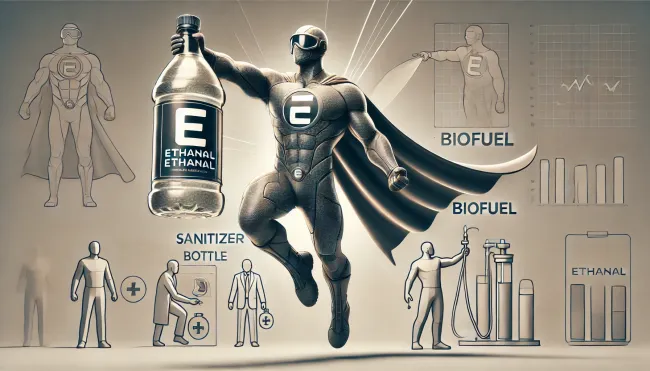When you think of booze, you probably imagine your favorite cocktail or a glass of wine. But did you know that the alcohol in your drink, known as ethanol, has a variety of uses beyond just getting the party started? From powering vehicles to preserving food, ethanol is a versatile substance that plays a critical role in many aspects of daily life. Let’s explore seven surprising uses of ethanol that prove it’s more than just a drink!
What is Ethanol?
Ethanol, also known as ethyl alcohol, is a type of alcohol found in alcoholic beverages. It's a clear, colorless liquid that's produced by fermenting sugars from grains, fruits, or vegetables. While ethanol is best known for its intoxicating effects in drinks, it's actually the same substance used in various industrial and household applications. Whether in your car’s fuel tank or in your bottle of hand sanitizer, ethanol is a powerful compound that’s surprisingly common in our everyday lives.
1. Medical Uses: A Germ-Killing Powerhouse
One of the most well-known uses of ethanol outside of beverages is in the medical field. Ethanol is a critical ingredient in many hand sanitizers and antiseptics. Its effectiveness in killing germs and viruses, including the COVID-19 virus, makes it a staple in hospitals and households alike.
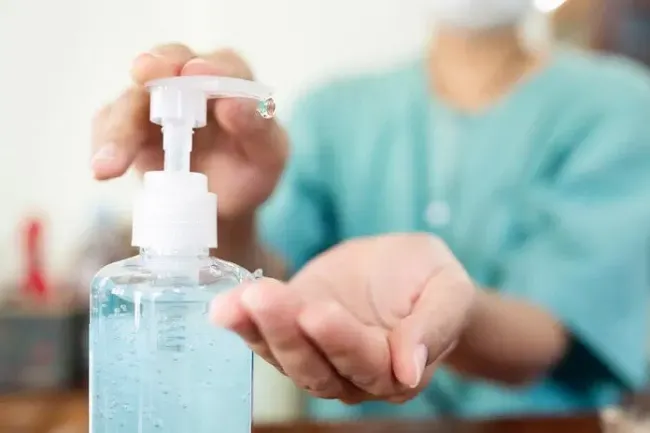
A medical professional sanitizing their hands. Photo by Monster Ztudio/Adobe Stock, downloaded from Today's RDH on August 27, 2024.
2. Fuel and Energy: A Cleaner Alternative
Ethanol isn't just good for keeping your hands clean—it's also helping to clean up the environment. As a biofuel, ethanol is blended with gasoline to create a cleaner-burning fuel that reduces greenhouse gas emissions and decreases our reliance on fossil fuels. This renewable energy source is produced from crops like corn and sugarcane, making it an eco-friendly choice for the future.
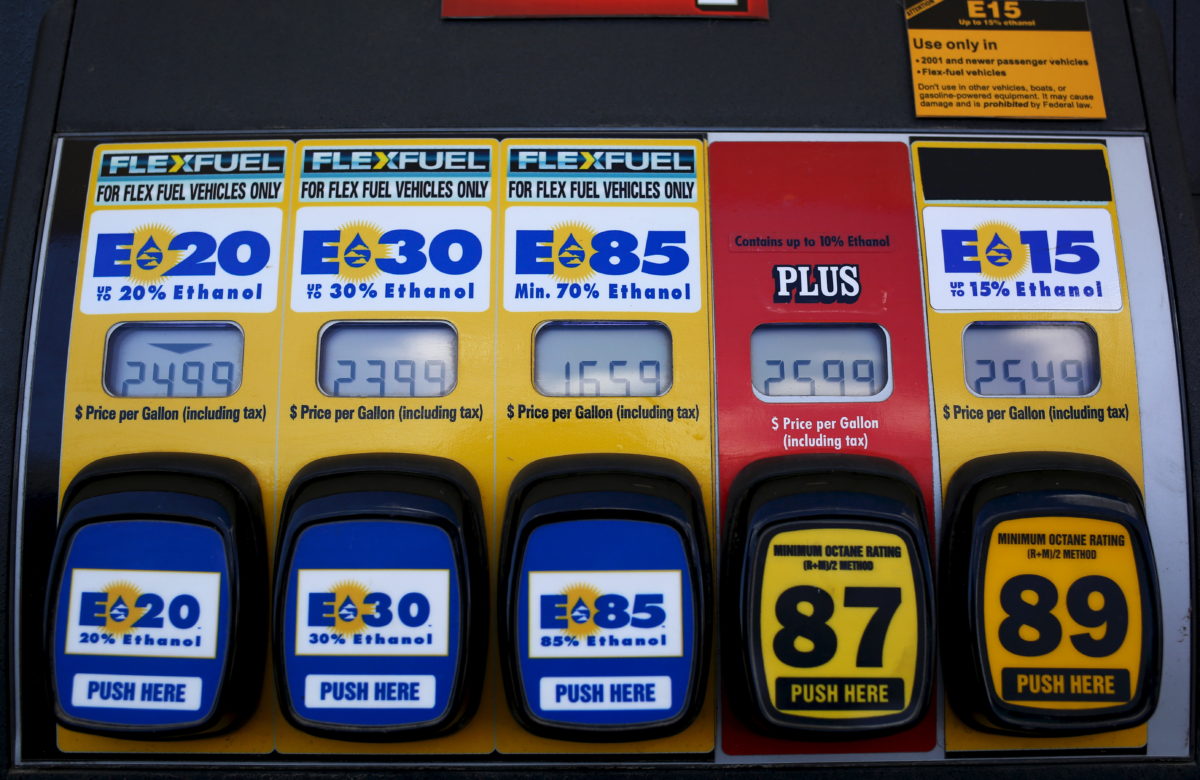
3. Household Uses: The Hidden Cleaner
Look around your home, and you might be surprised at how many cleaning products contain ethanol. Its powerful solvent properties make it an excellent choice for cutting through grease and disinfecting surfaces. From kitchen countertops to bathroom tiles, ethanol-based cleaners are a go-to solution for a sparkling clean home.

A horizontal image of a collection of generic household cleaners with varied colors and labels indicating they contain ethanol. (Image generated by OpenAI, 2024).
4. Personal Care Products: A Fragrance Carrier
Ethanol plays a vital role in the personal care industry, especially in perfumes and deodorants. It acts as a solvent that helps distribute fragrances evenly and ensures they last longer. Next time you spritz your favorite perfume, remember that ethanol is helping you smell fresh all day.
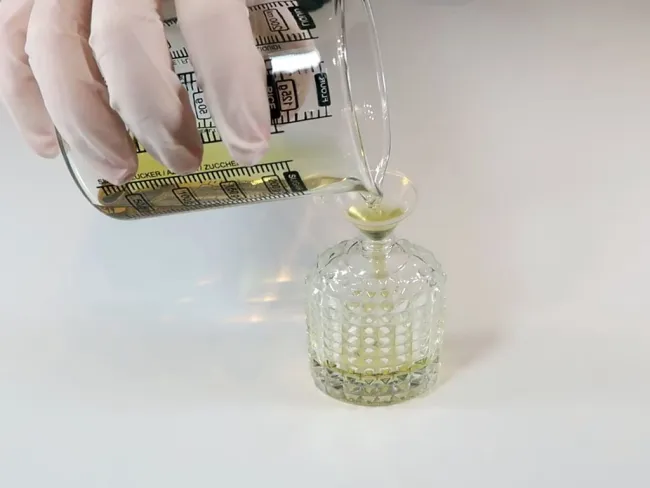
A picture of someone making their own perfume. Ethanol is often used as a fragrance carrier for home-made perfumes. Courtesy of Savvy Homemade, downloaded August 27, 2024.
5. Industrial Applications: A Versatile Solvent
In the industrial sector, ethanol is a workhorse. It's used as a solvent in the production of varnishes, paints, and coatings, helping to dissolve other substances and create a uniform product. Additionally, ethanol is used in the pharmaceutical and food industries to extract flavors, essential oils, and active ingredients from plants, showcasing its versatility as a solvent.

A horizontal realistic image of a factory setting showcasing paint cans and industrial equipment, highlighting the use of ethanol in production. Image generated by OpenAI, 2024
6. Food Industry: Preserving the Freshness
Ethanol is also a secret weapon in the food industry. It can be used as a preservative in certain food products, helping to extend their shelf life. Ethanol's ability to inhibit the growth of microorganisms makes it an effective preservative that keeps food fresher for longer.
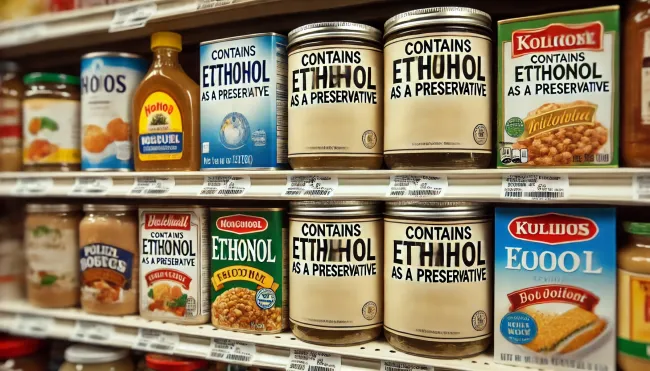
A horizontal close-up image of various packaged food items on a store shelf, each with a clear label mentioning ethanol as a preservative. Image generated by OpenAI, 2024.
7. Laboratory Uses: A Research Essential
In research laboratories, ethanol is indispensable for various experiments and processes. One such application is in DNA extraction. Ethanol helps precipitate DNA from solutions, allowing scientists to study genetic material more effectively. Its role in the lab underscores ethanol's importance in scientific advancements.
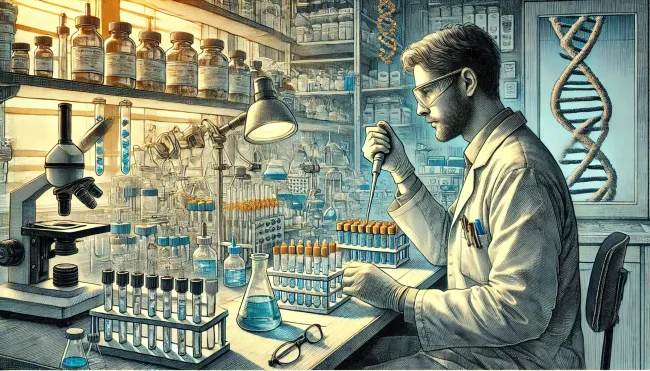
A horizontal image of a laboratory setting showing lab equipment like test tubes and pipettes, with a scientist in the process of handling DNA extraction. Image generated by OpenAI, 2024.
Conclusion
From fueling cars to preserving food, ethanol is a versatile substance that permeates many aspects of our daily lives. Its uses go far beyond the bottle, proving that this simple alcohol is a vital component in medicine, industry, and beyond. Next time you encounter ethanol, remember the surprising ways it's working behind the scenes to make life cleaner, safer, and more sustainable.
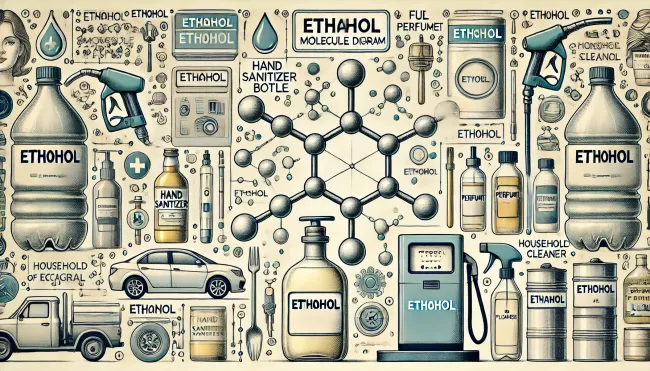
A horizontal image featuring an ethanol molecule diagram prominently displayed in the center, surrounded by a collage of various uses of ethanol. Image generated by Open-AI, 2024.
Article Sources
Centers for Disease Control and Prevention. (2020). Guideline for Disinfection and Sterilization in Healthcare Facilities (2008, updated May 2020). Retrieved from https://www.cdc.gov/infectioncontrol/guidelines/disinfection/
Environmental Protection Agency. (2022). Renewable Fuel Standard Program. Retrieved from https://www.epa.gov/renewable-fuel-standard-program
Food and Drug Administration. (2020). Ethanol as a Food Additive. Retrieved from https://www.fda.gov/food/ingredient-notification-program/ethanol-food-additive-ingredients
National Institute of Standards and Technology. (2018). Chemical Properties of Ethanol. Retrieved from https://www.nist.gov/standard-reference-data/nist-chemistry-webbook
Renewable Fuels Association. (2023). Ethanol & the Environment. Retrieved from https://ethanolrfa.org/how-ethanol-is-made/


